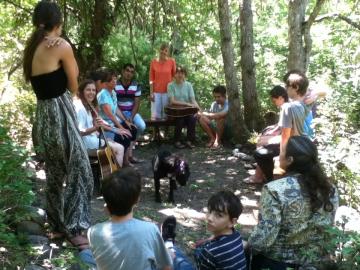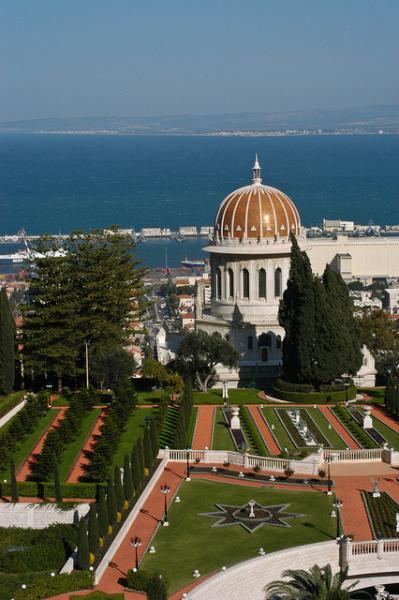An open invitation:
At noon every July 9, Bahá'ís and friends from Klickitat County and surrounding communities gather to commemorate the martyrdom of the Báb. In simple ceremony, prayers and songs shared by those present, the story of the Báb's life is told. All are welcome!
In the 1840s, when the new faith proclaimed by the Báb began to attract multitudes of followers from across Iran, the government and religious leaders of the time strove to extinguish the movement, in part by torturing or killing its adherents. Thousands of the Báb's followers were killed between 1847 and 1850, some of whom had banded together into groups to defend themselves. One of these confrontations took place in the area around the small shrine of Shaykh Tabarsi in northern Iran, pitting a few hundred Bábís against an army numbering in the tens of thousands. In May of 1849, after a standoff which had lasted 6 months, they were induced to leave their fortified position when the prince in charge of the army forces pledged that they would be returned to their homes unharmed. However, ignoring these promises, the army killed most of that small band after they left the fort. It was from a few of these grave sites that the dust which now resides in Klickitat County was gathered, a few years back, by a Bahá'í traveler to Iran who later led classes at Windstock and was moved to offer that dust as a gift to the youth in attendance.
On July 9 of 1850, just over a year after the events at the shrine of Shaykh Tabarsi, the Báb was also put to death by firing squad in a barracks square in the town of Tabriz. The date is now commemorated as a holy day by Bahá'ís around the world. The Báb's remains, together with those of his companion on the day of their execution, are now interred in a shrine on the slopes of Mount Carmel in Haifa, Israel (see image on right, from Bahai US on Flickr).
